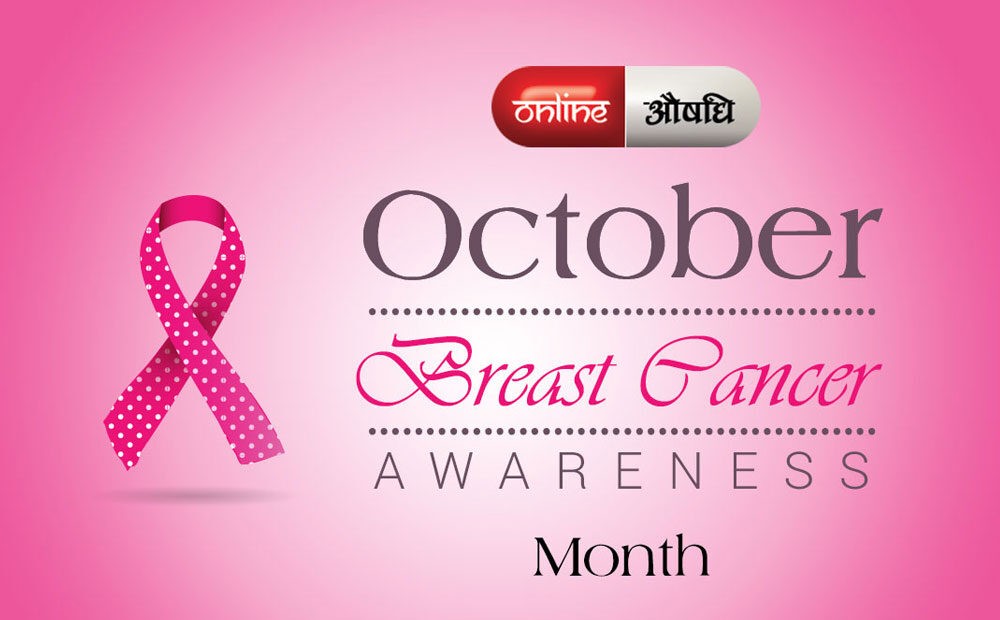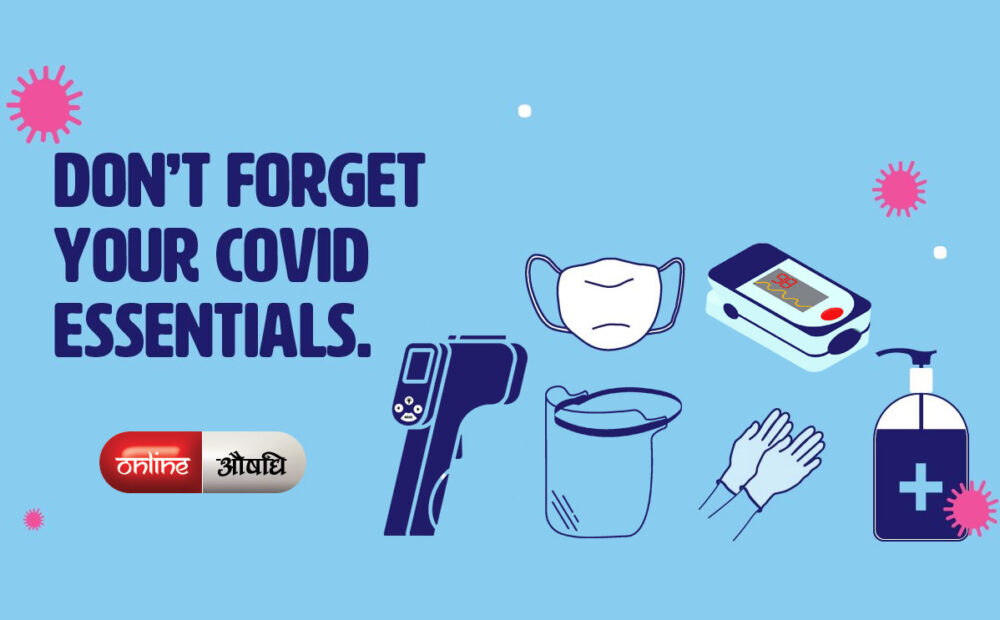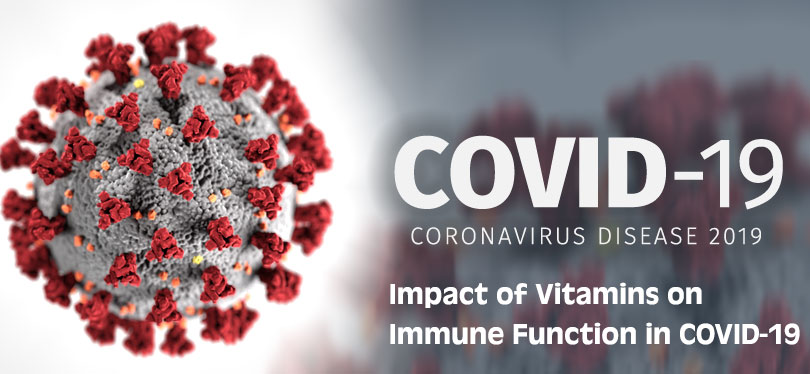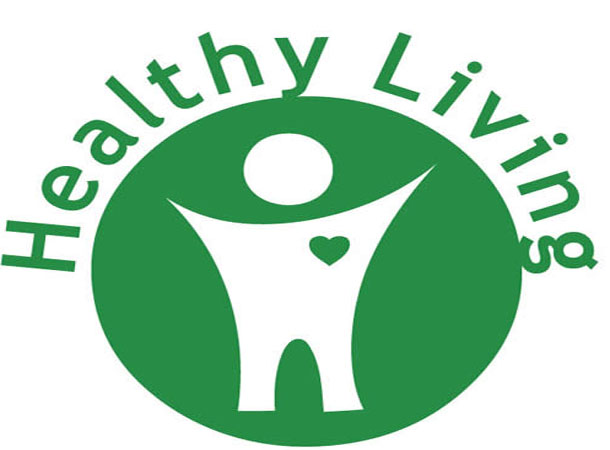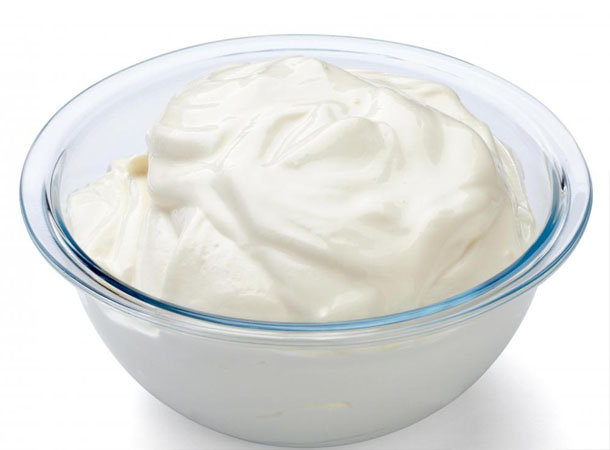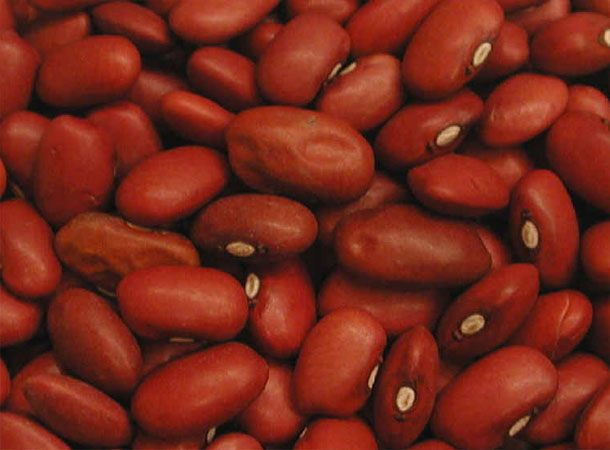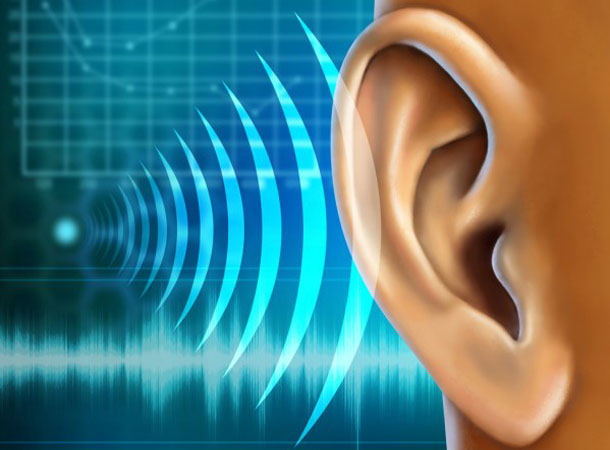1. Onions
This versatile culinary plant can provide a real health boost to anyone and to reduce the odds of catching a cold of flu. Onions are one of the best natural sources of quercetin, a bioflavonoid that has shown promising potential for suppressing the rhinoviruses which are the underlying cause of the common cold. As an additional bonus, the onion tops the list of vegetables that are least likely to contain significant amounts of pesticides and other harmful chemicals.
2. Ginger
Ginger is known as the universal medicine in Ayurveda. Spicy and warming, ginger helps break down mucous to help clear your respiratory tract and alleviate symptoms of congestion. It also contains phytochemicals that help fight viruses that can cause respiratory illnesses. Ginger is available in capsule form, and you can take 250 to 500 mg up to three times per day; however, I prefer to use fresh ginger in teas and cooked with food. Learn how to make ginger tea with this simple recipe.
3. Grapefruit
Prevent and fight colds by including grapefruit in your diet. Like other citrus fruits, grapefruit is loaded with vitamin C. However, unlike oranges and many other citrus fruit, grapefruit is relatively low in sugar. Sugar is known to deteriorate the functioning of the immune system: when white blood cells, the defenders of the immune system, are exposed to high levels of sugar, their ability to fight bacteria decrease significantly, making the body more prone to all infections. In addition, sugar depletes the body of some very important cold-fighting vitamins, including vitamins C, E and B.
4. Yogurt
Research shows that one cup of yogurt a day may work to keep the gastrointestinal track healthier, which can help ward off colds, says Moloo. Even better, some new studies indicate that regular dairy consumption may help you maintain a healthy weight, or even shed a couple pounds. Make sure the label says your yogurt has live cultures, as the cultures are what have the positive effect on your GI track.
5. Oranges
It’s no surprise that oranges made our Superfoods list because of their high vitamin C content, a common cold-fighter. Just one orange a day provides your recommended daily allowance of vitamin C. In fact, eating a whole orange is preferable to drinking a glass of orange juice, because it doesn’t have the added sugars and preservatives that processed juice often contains. An easy and inexpensive fruit to find during the winter, oranges are also rich in flavonoids that may have an antioxidant effect.
6. Garlic
Go heavy on the garlic this winter in your dinner recipes. This flavor-packed vegetable is also packed with allicin, an antibiotic that has been shown to prevent complications from a cold in some research. According to Moloo, some studies recommend as much as one clove a day. So if you don’t already own a garlic mincer, now is the time to get one. Add fresh minced garlic to some plain hummus for a quick snack, or rub it on a steak for a burst of flavor.
7. Tea with honey
Tea with honey in it packs an antibacterial and antiviral punch, thanks to the honey and antioxidant properties of the tea. Actually, this is two superfoods combined into one. All of that hot water leaks nutrients and phytonutrients out of tea and honey, so you’ll be able to drink up while hydrating yourself. Best to get raw honey instead of processed honey for the best effect.
8. Pumpkin Seeds
Pumpkin seeds have been receiving an increasing amount of attention in the health community. Pumpkin seeds are loaded with zinc, a mineral that is to help fight off infection and boost the immune system. Eat them roasted in salads or other meals. You’d be surprised how well they go with many different dishes.
9. (Chicken) Soup
Soup in general is a great meal to eat to keep yourself healthy from colds. It’s also great to help soothe a cold if you’re already suffering from one. The water and broth capture all of the nutrients, vitamins, and minerals from everything in the soup. There’s a reason Grandma always recommended chicken soup; chicken releases an amino acid known to loosen mucus in your lungs and airways.
10. Mushrooms
Mushrooms support the immune system. They contain vitamin D, which supports immune function, and some may also help fight certain infections. Look for the more exotic kinds of mushrooms that contain these potent phytonutrients, including shitake, reishi, enoki, and maitake. Add them to your favorite dishes, such as a soup, salad, or stir-fry—or consume them in extract form.
11. Sweet Potatoes
Being rich in beta-carotene, sweet potatoes also play a key role in preventing common colds. When consumed, beta-carotene is converted into vitamin A, which is essential for maintaining a strong immune system and a well-functioning body.
Sources:
http://www.top10homeremedies.com/superfoods/top-10-superfoods-fight-common-cold.html/3
http://www.healwithfood.org/commoncold/foods.php
http://www.bhg.com/recipes/healthy/eating/superfoods-for-your-cold/
10 Superfoods That Fight The Common Cold
http://www.chopra.com/ccl/7-superfoods-that-fight-winter-colds
http://kjmarch.deviantart.com
Published by: Online Aushadhi




